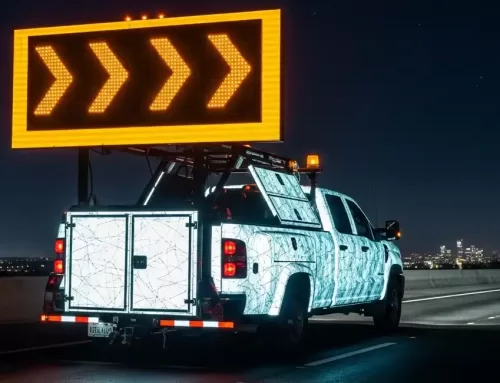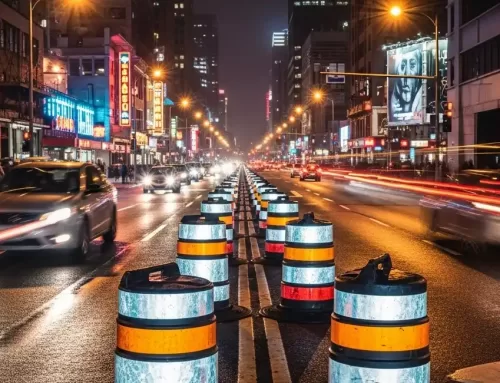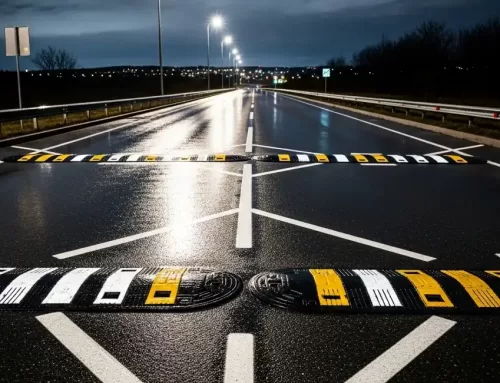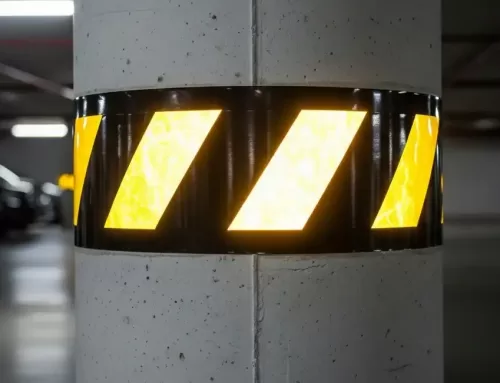Navigating the Legal Requirements for Reflective Markings on Construction Vehicles in Australia
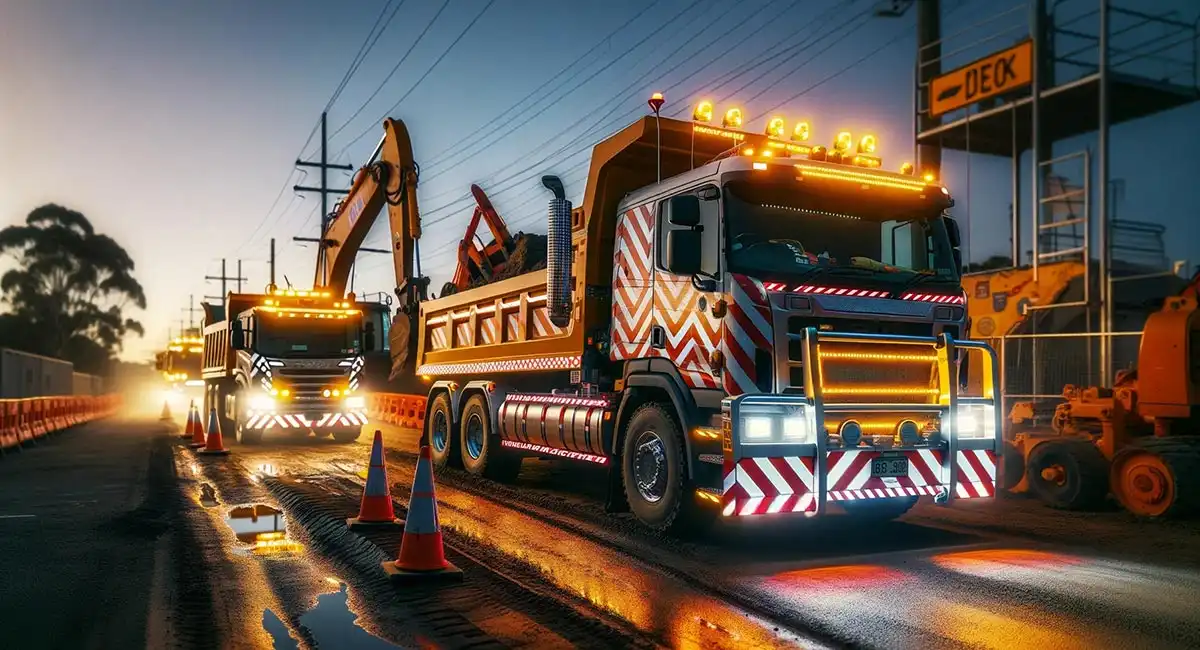
Unveiling the Significance of Reflective Safety Standards in Australia
Reflective markings are not just pivotal for the safety of construction vehicles—they are a beacon of sustainable practice. In the bustling construction zones of Australia, these markings are the difference between visibility and vulnerability. They stand as an integral component in the safety matrix, where every reflective strip contributes to an eco-friendly approach by reducing the need for additional lighting and energy consumption.
Decoding Australia’s Reflective Sheeting Regulations
The Australian Design Rules (ADRs) encompass a suite of technical requirements for the safety and environmental impact of road vehicles, including construction fleets. They dictate the mandatory use of retroreflective and prismatic reflective materials, which play a crucial role in preventing accidents and decreasing the carbon footprint through energy-efficient visibility solutions.
The Spectrum of Reflective Materials for Compliance
The choice of reflective materials for construction vehicles is vast, yet it is governed by stringent regulations that ensure safety. From classic reflective sheeting to advanced reflective film, each material offers unique visibility benefits. Moreover, selecting high-quality, durable materials translates into fewer replacements, less waste, and a greener construction environment.
Advancing Safety with Prismatic Reflective Technology
Prismatic reflective technology, with its microprismatic design, offers a leap in reflectivity and eco-efficiency. This innovative technology enhances the angularity and intensity of the reflection, offering a superior safety margin for vehicles operating in low-visibility conditions, all while embracing the principles of environmental stewardship.
Maximizing Visibility with High Intensity and Retroreflective Solutions
Understanding the underlying science of high intensity reflective and retroreflective materials is crucial for safety and sustainability. These materials reflect light directly back to the source with minimal scattering, ensuring that construction vehicles are visible from a distance. The long-term benefit is twofold: enhanced safety on roads and reduced environmental impact through material longevity.
Best Practices for Application and Longevity of Reflective Markings
Applying reflective vinyl with care is essential for achieving the highest safety standards and environmental care. Proper application ensures that the reflective markings adhere well to the vehicle’s surface, reducing the frequency of replacement and thus the environmental impact. Regular maintenance, using eco-friendly cleaners, further extends the life of these markings, reinforcing a commitment to ecological responsibility.
XW Reflective’s Prismatic Reflective Film
XW Reflective is at the forefront of prismatic reflective film technology, offering products that meet the rigorous Australian standards for construction vehicle safety and eco-friendly operations. We take pride in our prismatic reflective film’s ability to not only protect human lives but also preserve the environment. For more information and to discover our sustainable options, we warmly encourage you to send an inquiry and engage with us.
Essential Compliance Checkpoints for Construction Vehicle Safety
To ensure that your construction vehicles continue to meet the legal requirements, regular checks on the reflective markings are crucial. It’s not just about adhering to the law—it’s about fostering a safer and greener construction sector. Remember, the right reflective material can make all the difference in sustainability and safety.
We invite you to take a step toward safety and sustainability by choosing the right reflective materials for your construction vehicles. Reach out to XW Reflective for reflective solutions that align with both legal standards and your ecological values. Your inquiry is the first step towards a brighter, safer, and greener tomorrow.

